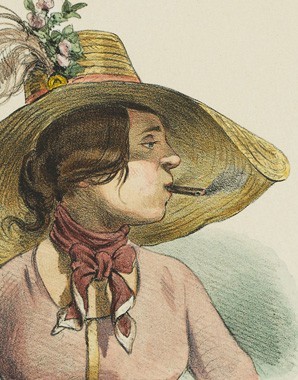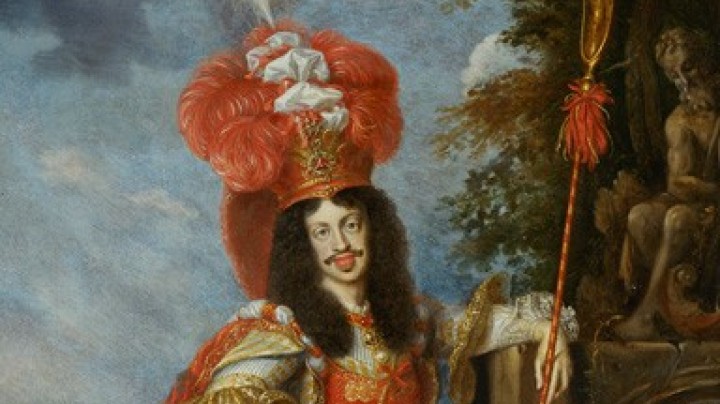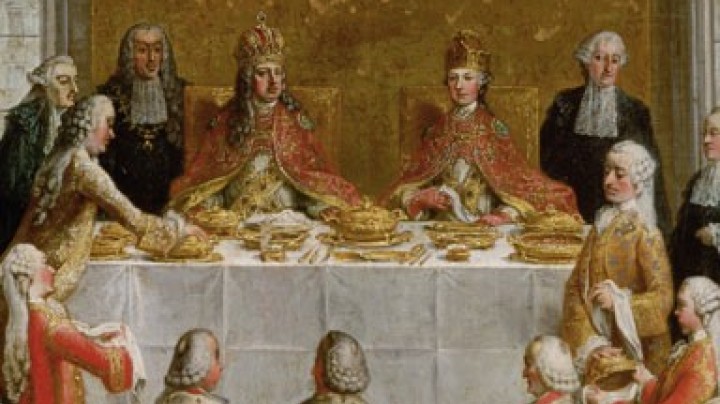The joys of smoking versus addiction to tobacco – From nobleman to farmer’s wife, smoking is for everyone
Whether it was done for medical purposes, as an addiction or for enjoyment with possible erotic effects, smoking was indulged in by all social classes.
Unlike chocolate, coffee and tea, tobacco was not consumed only by the upper social classes. Seventeenth-century paintings show noblemen and noblewomen smoking, just as they show journeymen, mercenaries and peasant women smoking. In addition, things used by smokers such as pipes and snuffboxes were popular motifs for painters of still-lifes. Even though smoking was common in all social classes, it was also seen as a status symbol and a matter of prestige, depending on whether it was a pipe of clay or one of silver that was used. It seems likely that it was above all the poorer classes who used the tobacco that they smoked, snuffed or chewed as a means of satisfying their hunger. There were regional differences too in the way tobacco was used: in the late eighteenth century people in Galicia, Hungary and the South Slav regions tended to smoke, whereas those in the Austrian territories preferred to snuff their tobacco. The upper ranks of aristocracy were also very fond of tobacco as snuff, with the French Court serving as a model. When Marie Antoinette married the Dauphin, later King Louis XVI, she was given more than fifty gold snuffboxes as wedding presents.
While people were convinced that chocolate had the ability to increase potency, coffee and tobacco were reputed to have the opposite effect, with the result that Catholic clergy were urged to smoke. However, when a tobacco factory was set up by the Papacy in 1779 this was done rather for economic reasons. Meanwhile, contemporary doctors drew attention both to the dangers of addiction to tobacco and to its therapeutic function.
Unlike many of the other products that came from America, in the case of tobacco the peasantry could substitute their home-grown product for expensive imports. However, the Habsburgs were against this practice because it undermined their tobacco monopoly. To ensure that they continued to profit from smoking, in 1723 Charles VI founded an imperial tobacco manufactory.

















